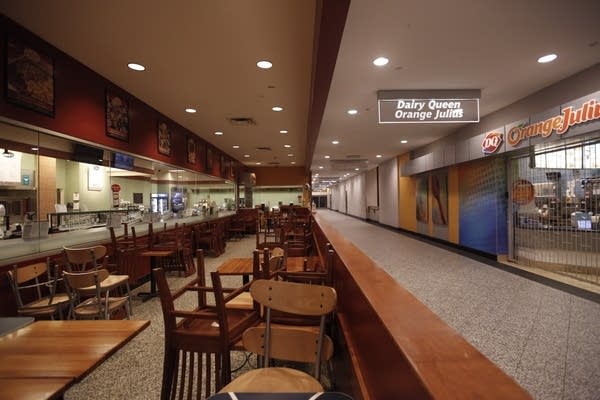State aims for quick turnaround on $300 unemployment boost

Go Deeper.
Create an account or log in to save stories.
Like this?
Thanks for liking this story! We have added it to a list of your favorite stories.
Since losing her job in March as a health clinic receptionist, Maryan Ali counted on combined state and federal unemployment benefits to keep her Roseville household afloat.
Then in late July, the bulk of her weekly check — a $600 federal allowance — went away. It left her to scrape together money for vital bills, skip other payments and rack up credit card debt to put food on the table.
Ali, a single mother of three, is banking on a new $300 per week boost through the Lost Wages Assistance program that Minnesota qualified for over the weekend. It relies on federal money and will pay for enhanced benefits for people whose jobs were disrupted by COVID-19.
“I don’t know how I’m going to pay my rent this month if I don’t get the $300,” Ali said. “I have a lot of bills to pay.”
Turn Up Your Support
MPR News helps you turn down the noise and build shared understanding. Turn up your support for this public resource and keep trusted journalism accessible to all.
Minnesota Department of Employment and Economic Development Commissioner Steve Grove said he’s aware of the hardships facing people like Ali and is intent on getting the money out fast. He said once the U.S. Treasury sends Minnesota the money, payments could be turned around in a day or two.
“We’re going to move on this the minute the money comes in,” Grove said Tuesday. “Our team checks the account we’ve set up for this money every hour on the hour to see when it will land so we can turn around and start making payments.”
In an interview, Grove said 325,000 Minnesotans still request unemployment help on a weekly basis. He expects most but not all of them to be eligible for the extra $300 payment, which is retroactive to late July when the larger amount expired.
The payments will be automatic for people already in the system known to be displaced due to the pandemic. They must be receiving at least $100 per week from state unemployment assistance to get the extra amount.
How long the top-off payment lasts is another story.
“It’s only so long as the money is available in that fund that the president set aside in FEMA to draw from,” Grove said, adding that the account could be exhausted by the middle of this month. “Minnesota will take advantage of every single penny due our state, you can be assured of that.”
Congress and President Trump deadlocked on a more durable solution earlier this summer and there has been little public movement since.
More than 900,000 Minnesotans have applied for unemployment benefits at some point during the pandemic. More than $7 billion in state and federal jobless funds have gone out to Minnesota recipients since March.
The state’s unemployment insurance trust fund was exhausted in July, forcing the state to borrow from the federal government to keep payments flowing. Until the end of the year, it’s a no-interest loan. Minnesota and other states are advocating for loan forgiveness to avoid steep assessments on businesses that might otherwise be needed to build the unemployment account back up.
Black Minnesotans are experiencing a tougher time, with more than 15 percent unemployed compared with 6 percent of white Minnesotans, Grove said. One in two Black Minnesotans have had to apply for benefits, he said.
Among industries, the hospitality sector took the hardest blow after restaurants, hotels and other leisure businesses saw customer counts plummet early on. The summer brought a bit of a comeback thanks to outdoor dining and family trips to in-state destinations, prompting a 17,000 job gain last month.
But Grove said the rebound might not last.
“It’s a volatile industry in that sense and as the winter begins and weather changes, we know that this is going to be a more challenging time in our restaurants, our hotels and certainly in our tourism industry,” he said.
Grove said his agency continues to look at ways to help both the workers and the owners to give them a better chance of survival.
Ali, 45, said she’s applied for jobs but heard nothing back.
“I want to get back to work. I don’t want to be on unemployment for a long time,” Ali said. “I don’t want to just sit and wait for assistance from the government. I want to work.”



